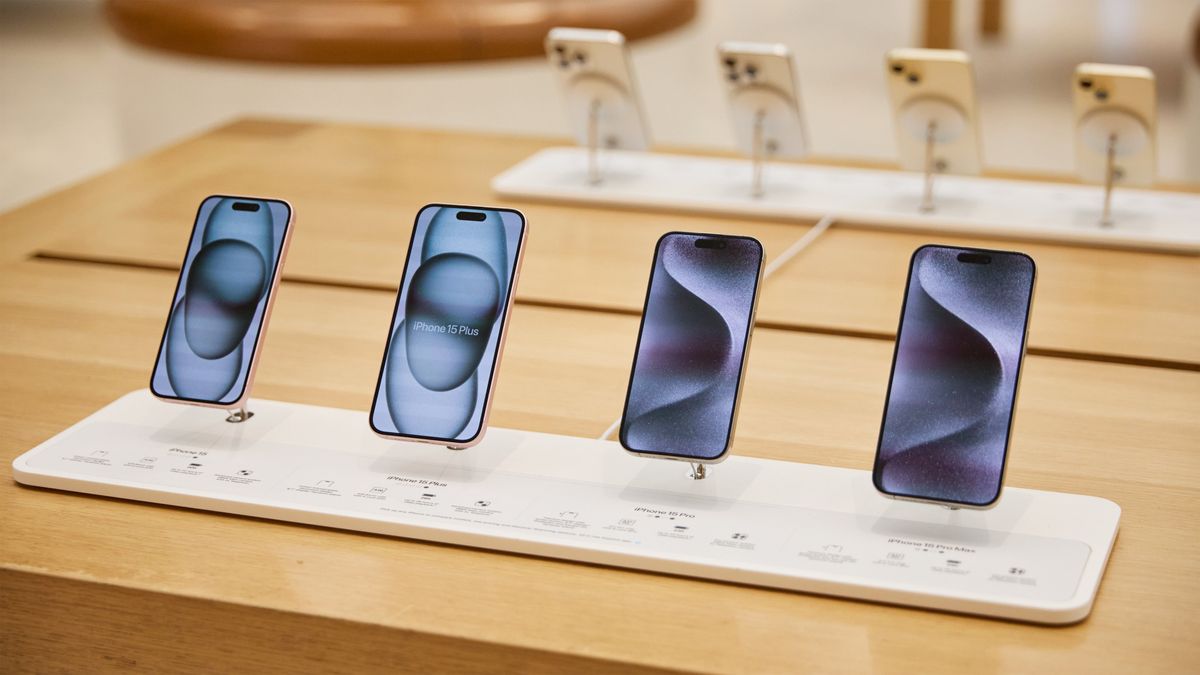Following reports this week that Apple’s iPhone 16 could be a major departure for iPhone chips of the future when it arrives next year, a top analyst has shed more light on what exactly Apple might be planning next year.
This week it was reported that Apple may offer a distinct A-series chip for its “regular” iPhone next year that is built using a cheaper process to save costs. This is different from this year’s iPhone 15, which adopted the A16 Bionic from the iPhone 14 Pro. However, Haitong analyst Jeff Pu now believes this year is a transition year that will see Apple unveil a new A18 and A18 Pro chip next year for the iPhone 16 and iPhone 16 Pro respectively.
According to MacRumors, Pu said, “We view A17 Pro as a transition design and now expect all the iPhone 16 models to feature A18, on TSMC’s N3E.”
A 3nm conundrum
Apple’s A17 Pro chip uses 3nm technology for the first time, meaning Apple can pack more transistors into the same space for more power and efficiency. However, this chip is made on the TSMC N3B process. Pu says next year’s A18 and A18 Pro chips will both be made on the cheaper N3E process. While this is cheaper, the chips would be less efficient.
Whether Apple calls the chips A18 and A18 “Pro” remains to be seen, but in our view, this designation would make the most sense given Apple introduced the Pro moniker to its iPhone chips next year.
Pu’s claim is a bit off because it suggests Apple might dilute the manufacturing for even its higher-end chips next year. While the N3E process would be cheaper and easier for Apple to use, the chips it pumps out are less efficient — not something that Apple will want for its top-shelf devices. With the next best iPhone so far away there’s likely a lot of conjecture and guesswork here, but the introduction of the A17 Pro definitely underlines that Apple has big plans to pivot how it approaches iPhone chips going forward.
